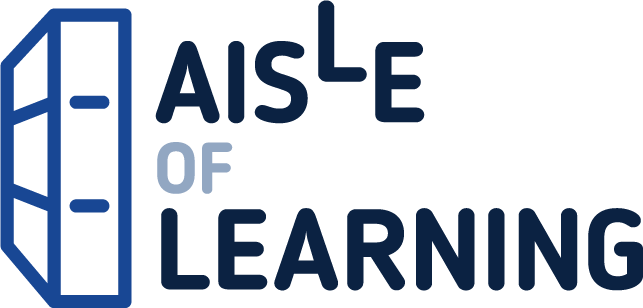The book introduces the reasoning used to derive information about geometric objects. The development uses 3 basic steps and is repeated in 4 settings. First, the essential assumptions or axioms are identified from geometric activity like drawing on a page; next first-level properties are derived from the axioms; and finally 10 key theorems are proved based on the first two steps. Thus, inductive logic establishes a foundation and deductive logic hammers out the consequences. These steps are carried out for Plane, Solid, Spherical, and Hyperbolic Geometries. The first two Geometries, termed Euclidean, were initiated by Euclid almost 2400 years ago and added to by Euler, Monge, and others since then. The other two, termed non-Euclidean, have lines and figures confined to the surface of a sphere in Spherical Geometry and to a special hyperbolic plane in Hyperbolic Geometry. As a key difference of the non-Euclidean Geometries with Euclidean Geometry and with each other, there are no parallel lines in Spherical Geometry and there is a super-abundance of parallel lines in Hyperbolic Geometry. Looking at the same 10 theorems in 4 different settings provides a kind of controlled experiment that shows the effect of initial assumptions.
After establishing basic properties of lines, angles, and circles in each setting, the book emphasizes triangles, or tetrahedra in Solid Geometry. Specific results include line and point concurrencies, the Pythagorean Theorem associated with each setting, areas and volumes, and properties of certain regular figures. The theory of similar triangles facilitates the proofs of several theorems in the Euclidean Geometries, but other means are required in the non-Euclidean ones. The final chapter illustrates how the previous approaches apply to trapezoids in Plane Geometry and their analogs in the other three settings. Over 100 figures, created from the Mathematica software system, help clarify the arguments used to verify results.
An Introduction to Geometric Reasoning in Four Settings
$8.00
This book provides in-depth instruction on geometric reasoning and advanced mathematical concepts.






Reviews
There are no reviews yet.